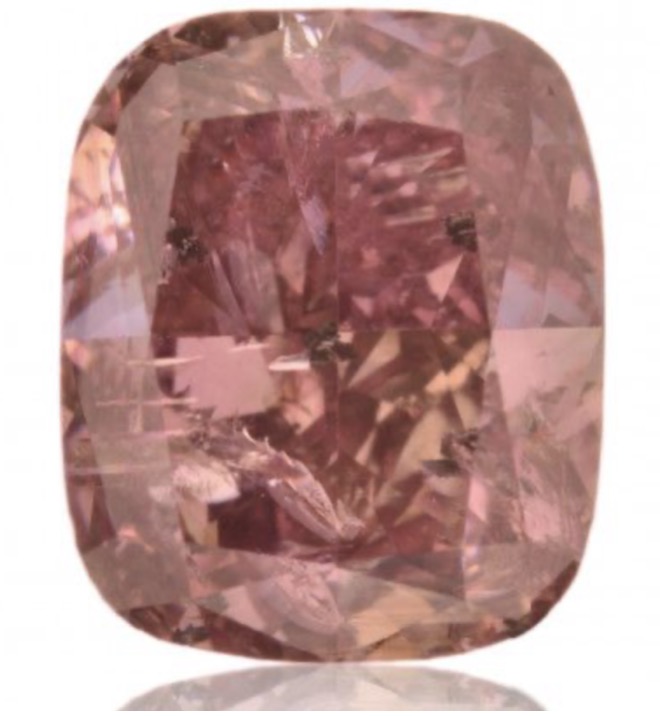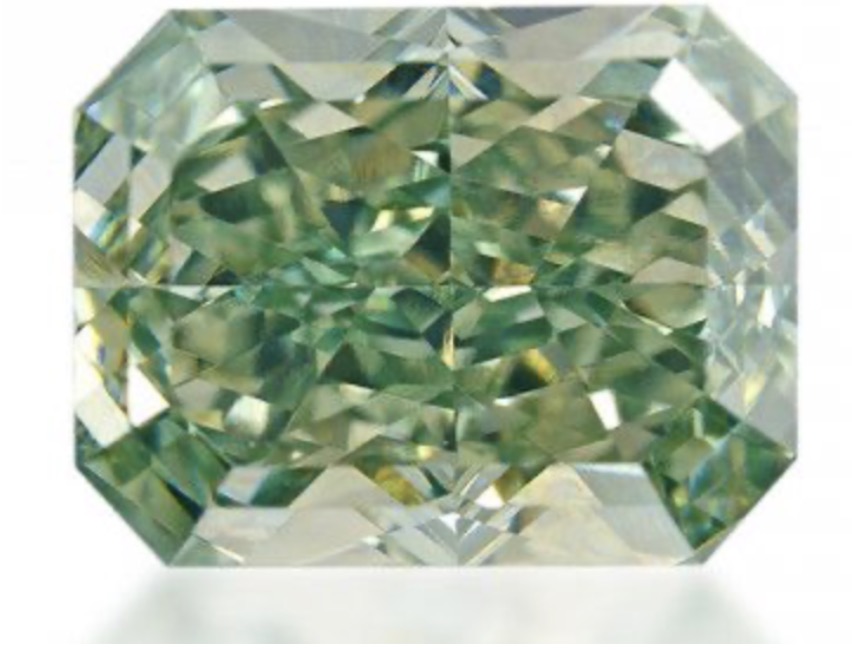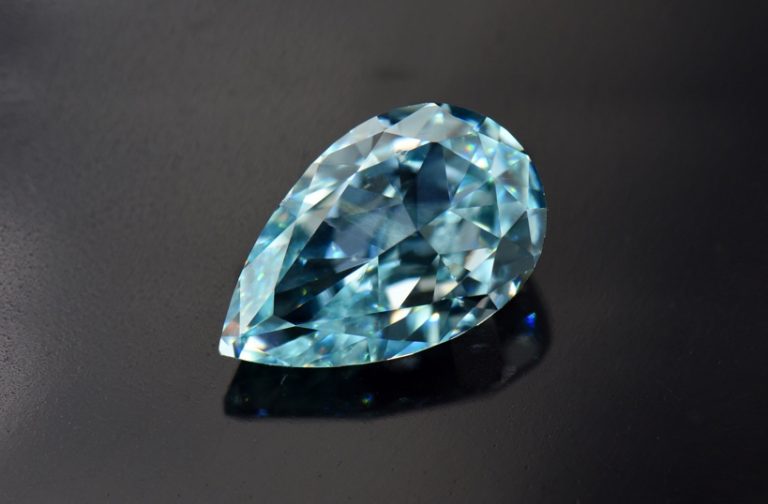Diamonds are forever. And, In the words of Hollywood Icon Marilyn Monroe, square-cut or pear-shaped – These rocks don’t lose their shape.
Hence why it’s so critical to know your diamond cuts, as they will have a huge impact on the look of your coloured diamond jewellery.
With some cuts that appear more dynamic and modern versus others that are more refined and classic, each cut adds a unique aesthetic edge to your colored diamond jewellery.
The stunning variety of shapes and sizes diamonds come in – called their cut – each has their own specific advantages and disadvantages, meaning you need to know them to ensure that you’re getting the highest quality possible.
Knowing these differences in cuts will help you evaluate which diamond will be a perfect fit for yourself or a loved one.
Let’s look at three in particular with examples from Astteria to demonstrate how the cut can determine the quality and overall appeal of a colored diamond.

Story Stages
1. The Cushion Cut
The cushion-cut gets its name from its cushion-like shape, square with rounded edges. Due to the precision of its bending and angles, it has high brilliance and shine.
Unlike many other diamond shapes that just have one standardised cut, the cushion cut has many variations, from standard to modified to modern.
Therefore, the diamond offers personalization and creativity, with a luxurious high fashion appeal that can be read as both modern and vintage with the right aesthetic.
When you buy, try to stick to cushions with a depth and table under 70%. This will ensure the depth of the diamond catches the light and remains glittering and brilliant.
For a sample, check out this 2.04 carat fancy Dark Brown Purple cushion diamond, pictured above, which proudly displays the luxury of the cut.

2. The Radiant Cut
Radiant cut diamonds rose to prominence in the 1980s due to their explosive brilliance and shine, a product of the facets around the cut’s crown and pavilion.
Radiant cut diamonds also have cropped corners, meaning that there is the potential to pair them with square or rounded diamonds.
On top of this, as they are formed of so many stunning angles and facets, flaws and inclusions you may make through the struggles of life are easily hidden.
Their bevelled corners allow for stability and structure, meaning they look brand new for longer and are a great choice for those with an active lifestyle.
When buying, remember the color differences are harder to perceive in them than other diamond shapes, so an H color grade is not only sufficient but also more affordable than higher grades.
A cut exceeded only in popularity by the round cut diamond, the Radiant cut is an enchanting choice you should check out, like the 1.08 Carat, fancy intense yellowish greenish diamond above.

3. The Pear Cut
An elegant, timeless choice, a pear cut has rounded edges that narrow to a distinct point, making it a highly symmetrical and balanced choice that shimmers evenly.
Critical aspects to consider when choosing this cut are its length and width, to get that exquisite pear-drop shape. Too long and it can look clumsy and unrefined.
Also important is the bowtie – the dark area which runs across the centre of the diamond, which all Pear-shaped cuts have. If it’s too severe it will distract from the colour, so evaluate this intensely before purchase.
An enchanting choice, finding a well-cut Pear shaped diamond is difficult, so it makes a rare and striking alternative to classic cuts like the round diamond.
For a sense of a well-cut pear diamond, take a look at this 1.28 carat fancy intense blue diamond cut in a delicate Pear shape.
We hope that this run-down of three diamond cuts and how to precisely evaluate them helped you in your journey towards finding the perfect coloured diamonds for you or a loved one.
Written by Harry Patté-Dobbs, a content writer for Pearl Lemon and PR newbie! He’s written for blogs, news, and media outlets and loves films, food, and wellness. You can usually find him either reading or writing.
